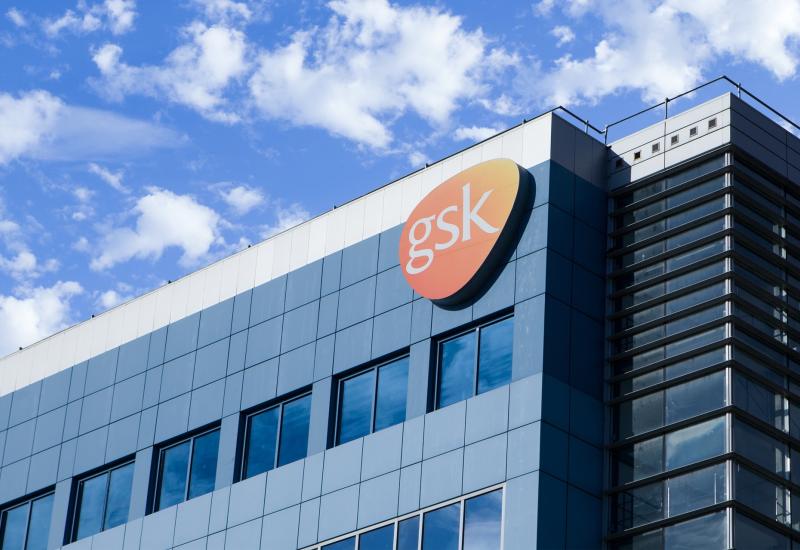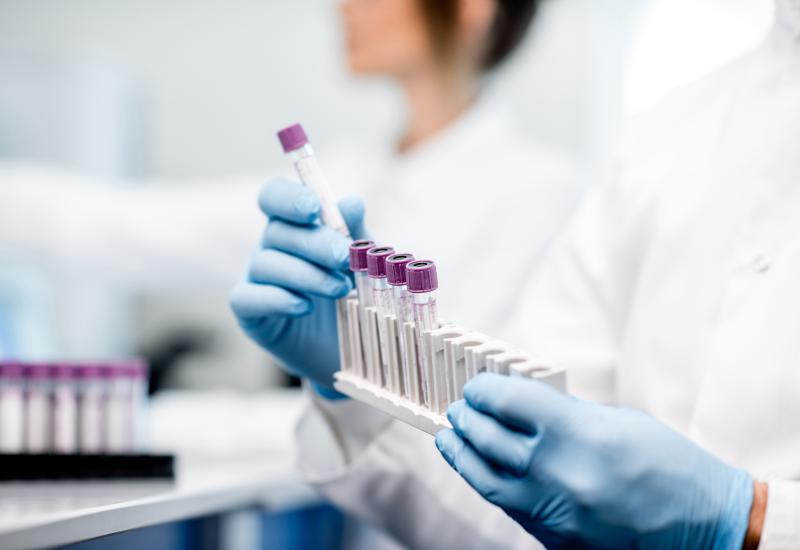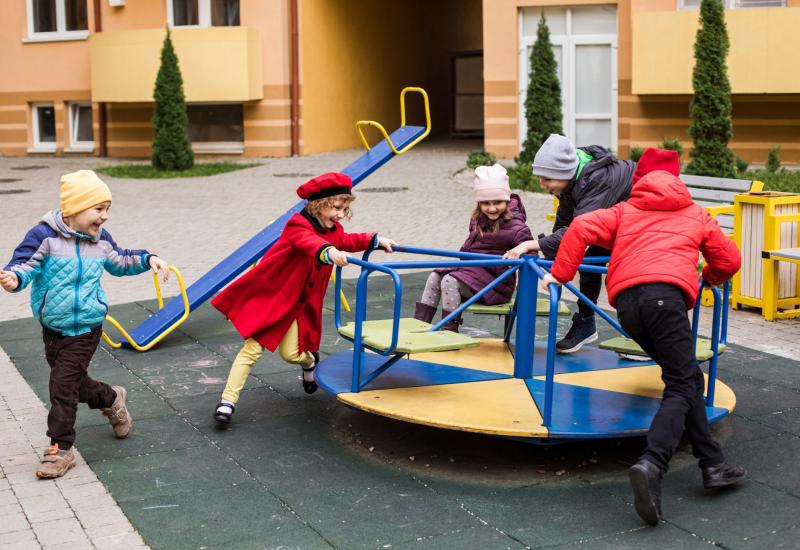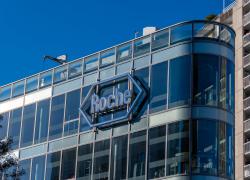
Scancell pivots back to a subgroup
The company claims a 69% response rate with iSCIB1+, but only in a “target population”.
The company claims a 69% response rate with iSCIB1+, but only in a “target population”.

Having earlier touted the broad applicability of its next-generation immunotherapy iSCIB1+, Scancell has pivoted back to limiting this to melanoma patients who express specific HLA types. And even this move is based on a subgroup analysis of the phase 2 Scope study, whose intent-to-treat population results remain closely guarded.
On Tuesday the UK group only released data from “target populations” in Scope, in first-line melanoma; the study is complicated further by having tested both iSCIB1+ and a first-generation version of the immunotherapy, SCIB1. While Scancell is now taking iSCIB1+ forward, and even suggests an accelerated approval filing based on Scope, the data supporting this are far from clear.
SCIB1 was earlier said only to be suitable for around 35-40% of patients with a specific HLA (human leukocyte antigen) type, but iSCIB1+ was designed to be used in all patients, Scancell previously told ApexOnco. Based on Tuesday's disclosure that hope has been trimmed back, with the new focus being on HLA types seen in around 80% of melanoma patients.
HLA testing could make a planned phase 2/3 study trickier to enrol than previously thought. “HLA testing/matching could be a significant advantage as a patient selection biomarker for a registrational trial,” a Scancell spokesperson said, but added that this might not be necessary.
Another problem is funding, as Scancell only had £9.1m in cash as of last October, in addition to a convertible debt that's been deferred by two years, so clearly the group needs to go back to investors for more cash – no easy task.
Scancell told ApexOnco last November that it was hoping to start the phase 2/3 trial, testing iSCIB1+ plus Opdivo and Yervoy versus Opdivo and Yervoy alone, in early 2026, representing a delay to previous estimates. Its recently appointed chief executive, Phil L’Huillier, now says the company is already preparing regulatory filings, which are slated for the end of this year.
Scope
Scope evaluated SCIB1 and iSCIB1+ in combination with Opdivo plus Yervoy. These cohorts enrolled 43 and 50 patients respectively, but 38 patients receiving SCIB1 – and just 29 receiving the iSCIB1+ version – were included in Tuesday's efficacy analysis.
The target population for the SCIB1 cohort was patients with a specific MHC class 1 HLA A2 haplotype, but the iSCIB1+ cohort enrolled patients across a broader swathe of HLA types. Patients with acral melanoma and active brain metastases were also excluded from the target populations, and patients had to have reached week 13 imaging.
However, data were not presented on the full iSCIB1+ cohort, with Scancell disclosing only the results in its "target population". It said this comprised HLA A2, A3, A31, A33, B35 and B44 types, but asked by ApexOnco it would not confirm whether these types had been prospectively defined.
Among the "target" patient groups, Scancell claimed overall response rates of 68% with SCIB1 and 69% with iSCIB1+ – not far off the 72% previously reported with SCIB1 plus Opdivo and Yervoy, among 25 patients. However, it didn’t provide response rates across the intent-to-treat populations, which presumably are less impressive.
The company cited a comparison against the historical 50% ORR seen with Opdivo plus Yervoy in Checkmate-067, but clearly this is in all-comers, so doesn't represent an apples-to-apples analysis. If there are no responses outside its "target population" the ORR with iSCIB1+ could be as low as 40%.
iSCIB1+ has patents that claim exclusivity until 2039, which is notably later than SCIB1's 2028 expiry. Scancell has concluded that iSCIB1+ is efficacious in a wider population than SCIB1, but the accuracy of this claim remains an open question.
Scancell’s Scope study
Cohort 1 | Cohort 3 | |
|---|---|---|
| Regimen | SCIB1 & Opdivo & Yervoy | iSCIB1+ & Opdivo & Yervoy |
| Patients | HLA A2 haplotype only | Mixed HLA haplotypes |
| N | 43 | 50 |
| “Target population” N | 38* | 29** |
| Responses | 26 | 20 |
| ORR in "target population" | 68% | 69% |
Note: *excludes 5 non-evaluable subjects; **excludes pts with acral melanoma & active brain metastases, 10 non-HLA matched pts, 6 who hadn't reached 1st scan, & others deemed non-evaluable; "target population" is pts with HLA MHC class I A2, A3, A31, A33, B35 & B44. Source: company presentation.
994













